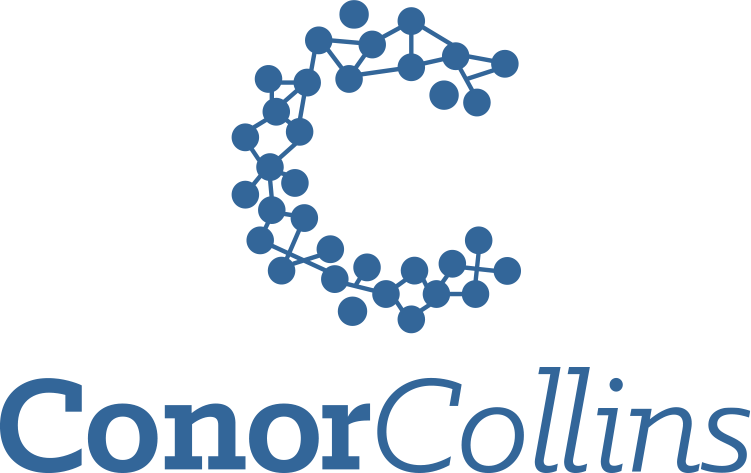Opinion: Are Asymmetries Clinically Significant?
It’s common for clinicians to notice asymmetrical postures and movement when observing people in clinic. Sometimes, people themselves point out that they are aware of an asymmetry (i.e., “one hip is higher than the other”). Generally the questions come right after:
“Why does this happen?”
“Can treatment help?”
“How serious is this?”
To a client, they’re concerned that they’re “out of alignment”, the focus of which often results in hypervigliant behaviour around movement/exercise and could become a newly-developed nocebo-like strategy. Are asymmetries clinically-relevant?
The answer: it depends. This is where gathering insights to symptom presentations through assessment and intake can help add clarity. From personal clinical experience, this can be a difficult topic of discussion to navigate with clients. Understanding asymmetries can be multifactorial and complex. The other consideration is whether there is a clinical relevance to this discussion. In some cases, education is a great starting point.
To further navigate this discussion with people in your clinical practice, some demystifying points can be offered and discussed:
- Asymmetries or “spinal alignment” issues are not always a prerequisite for symptom drivers.
- The biopsychosocial approach to understanding dysfunction and symptomology tends to provide the most answers to people. Explaining each component thoroughly, including the bio-physiological consequences of the injury as well as the consequences of how the nervous system responds to that particular injury or dysfunction is best practice.
- The treatment goals can focus on movement efficiency. This can include a conversation about mobilizing metabolic resources when required by the demands of the environment, as well as highlighting the impact of a hypervigilant nervous system. This goal tends to vary based on acuity of the injury. Tissue adaptation can occur over time, which can add to the complexity of the presentation.
To provide further education, it may be clinically relevant to consider why asymmetries might be present.
What are possible reasons for asymmetries to exist?
There may be many reasons why asymmetries exist, so the list below is not exhaustive but provides a glimpse of possible factors:
- Some organs are anatomically organized in a non-symmetrical fashion.
- The diaphragm is not symmetrical.
- Unilaterally anatomically absent muscles are possible.
- Early-age developmental movement can impact observable asymmetries.
- Long-term adaptive responses after an injury can occur.
- Occupation-specific demands can produce asymmetries.
- Sport-specific demands can produce asymmetries (i.e., throwing sports).
- Asymmetries can be antalgic (symptom-reducing) effector strategies of the nervous system.
- Perceptual instability is present leading to possible high-threshold strategy with observable asymmetry.
- Various system pathologies (i.e., scoliosis, MS, Parkinson’s).
When is it worth addressing asymmetries?
Clearly, there can be many possible factors as to why an asymmetry may be observed. As a starting point, it may be worth noting that posture and movement can be considered an “expression” of the Central Nervous System (CNS) as it perceives threat. I had a recent conversation with a colleague and I really liked the way they expressed this possible CNS response: “muscles will protect nerves”. The CNS role in general is to maintain self-preservation. Consider a person with acute lumbar pain with a discogenic issue and radicular symptoms travelling distally into the leg: the most common antalgic observation is a lateral shift to decompress the area of concern. The nervous system is attempting to maintain a certain level of “survival” by using an antalgic strategy.
In some cases, it may be very difficult and/or impossible to reverse the impacts of some of these factors within manual therapy treatments (i.e., anatomical variations, degenerative pathologies). However, minimizing perceived threat with treatment and rehab exercises, and introducing a level of comfortability can be a great approach in seeking improvement.
A starting point could be addressing the goal of initializing control and comfortability of the nervous system in the sagittal plane, then progressing and challenging the nervous system primarily into the transverse plane as well as the frontal plane. As mentioned in my previous blog, Dr. Mark Rocca offers a great seminar introducing concepts of developmental kinesiology and dynamic neuromuscular stabilization into practice.
If the person finds relief of symptoms while consistently performing these new movement strategies, then it can be considered to be a valuable component of care for the individual.
In summary
An important consideration is that observable asymmetries are not a prerequisite to present symptoms; although there are certainly cases where people may still benefit from investigating an asymmetry (particularly in reference to optimizing and re-organizing the central nervous system’s role in efficient movement strategies).
In addition to this, it may be beneficial for practitioners to offer accurate answers to a person’s questions about asymmetries, as this discussion can reinforce the person’s belief that they need to be “fixed” in some way, and that there is something wrong with the person’s anatomy. In some cases a person’s hypervigilance around the topic of spinal “alignment” can be potentially detrimental, particularly when this approach has not lead to symptom reduction with past treatment. Rather, re-organizing and optimizing the nervous system (with movement and appropriate treatment approaches) may lend a helping hand to providing consistent relief of symptoms.
References
Kobesova A, Davidek P, Morris CE, Andel R, Maxwell M, Oplatkova L, Safarova M, Kumagai K, Kolar P. Functional postural-stabilization tests according to Dynamic Neuromuscular Stabilization approach: Proposal of novel examination protocol. J Bodyw Mov Ther. 2020 Jul;24(3):84-95. doi: 10.1016/j.jbmt.2020.01.009. Epub 2020 Feb 8. PMID: 32826013.
Rocca, Mark (2021). Level 1: Foundations of Movement Workshop.
About the Author
Chris is a Massage Therapist and acupuncture practitioner from Ingersoll, Ontario with a special interest in managing concussion and sports injuries. While not in clinical practice Chris has served as an Instructor in Massage Therapy at the Canadian College of Massage and Hydrotherapy.
With prior education and experience as a Kinesiologist, Chris has a passion for movement and how it translates to improved patient outcomes. Whether it’s managing your symptoms virtually, or assisting students in preparing for an exam, Chris is excited to help you on your journey.



Recent Comments